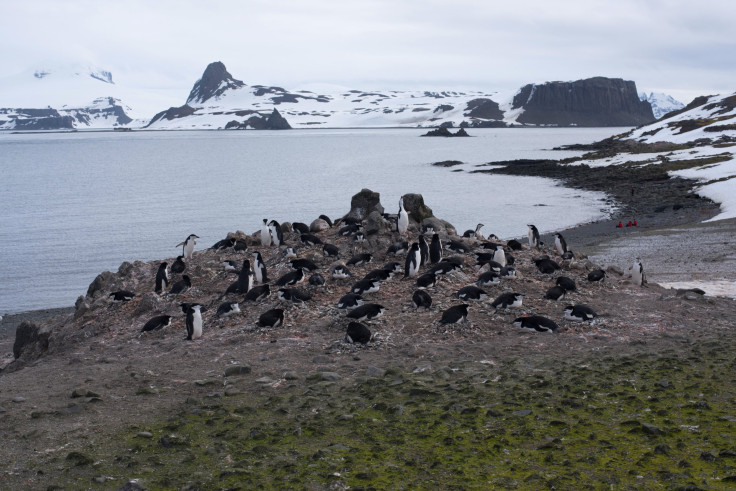Study: Arctic Sea Ice May Be Melting Faster Than We Thought

Sea ice estimates for seasonal sea ice melt might not be accurate, they might be overestimating by as much as 25 percent. Researchers who have been measuring the ice found that estimates of thickness are likely off due to salt in the snow cover over the top of the ice.
This finding was released by the University of Calgary on Tuesday and published in the journal Geophysical Research Letters last week. Specifically, the researchers involved found that seasonal sea ice thickness was likely overestimated by up to 25 percent. This measurement issue is due to the fact that the salt in the snow cover over the top of the ice can cause the ice to actually melt far sooner than expected, essentially causing premature sea ice melt.
Typically, satellites are used to measure sea ice but they can offer restrictive data because they give one vantage point and not much other data. “But that ice is covered in snow and the snow is salty close to where the sea ice surface is. The problem is, microwave measurements from satellites don’t penetrate the salty snow very well, so the satellite is not measuring the proper sea ice freeboard and the satellite readings overestimate the thickness of the ice,” the lead author on the study, Vishnu Nandan, told University of Calgary.
To correct this measurement, Nandan and other researchers worked to come up with a correction factor that would allow them to measure the salinity and take the melt it could cause into account when measuring the sea ice. They did this by combining microwave theory as well as snow property data from the Arctic in Canada. By combining the two factors they could come up with an amount of extra melt that could be expected.
Now instead of estimates that sea ice is declining about 17 percent per decade, the generally agreed upon rate, the researchers involved think that the ice might melt at an even faster rate during the summer months. The extra melt caused by the salt on the ice as well might mean that the ice will disappear during the summer months even sooner than expected. This would cause major problems in the Arctic for the ecosystems there as well as significant sea level rise and it would impact weather patterns around the globe.
If the researchers involved in the study are correct, the Arctic could be without seasonal sea ice during the summer months long before it was expected to. Nandan estimates that it would be gone sometime between 2040 and 2050.
© Copyright IBTimes 2025. All rights reserved.




















